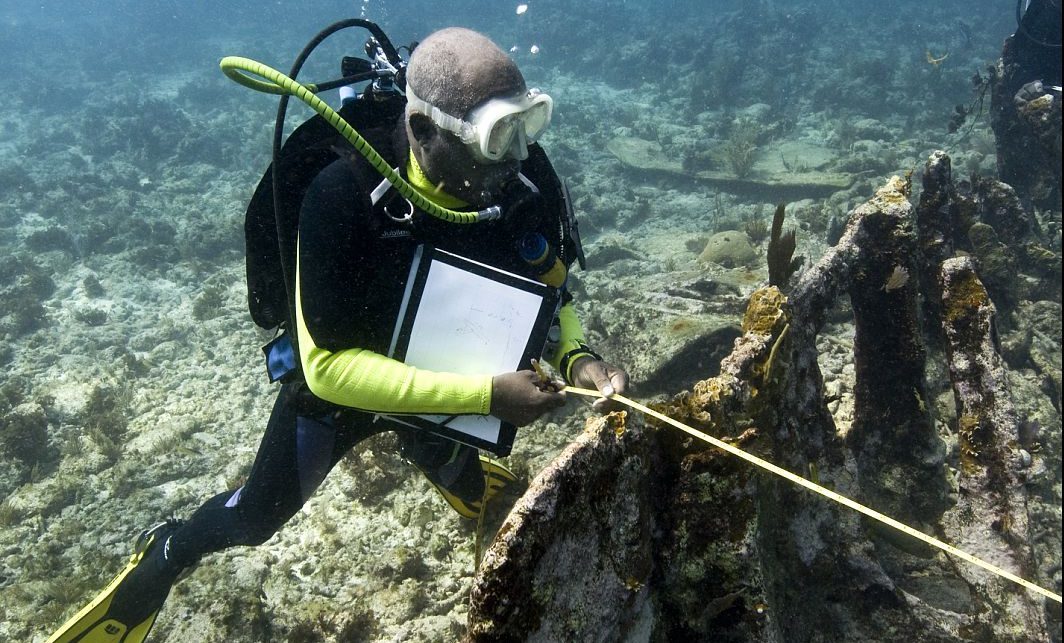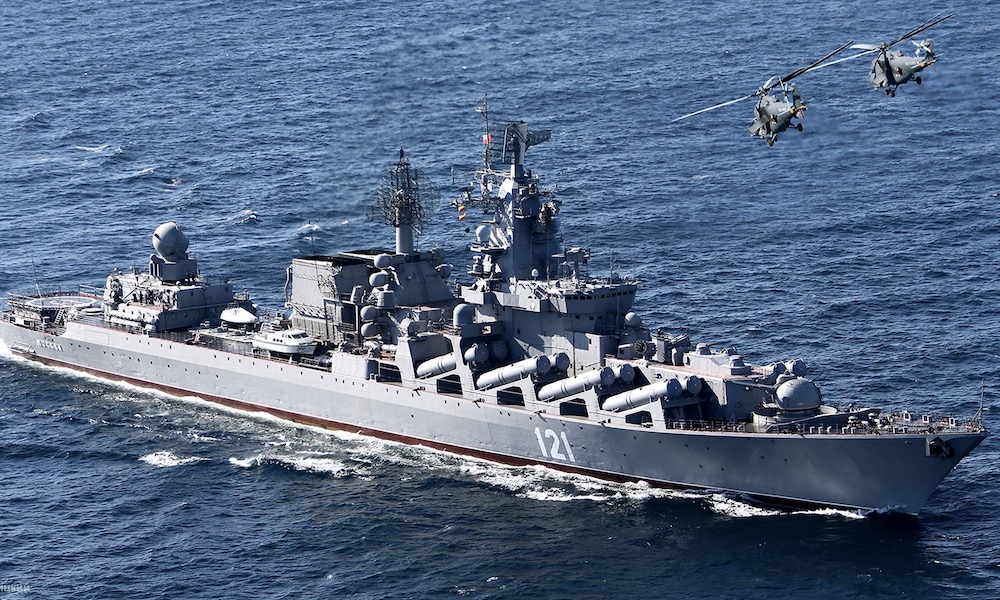Following a marble ray as it silently ripples just above the seafloor is something you can only do underwater. On my first ever open-water dive, I got to hover above rays, watch a hawkbill turtle eat, and swim among thousands of colorful fish. I saw why divers of all experience levels call the Maldives paradise.
I had hoped to finish my open-water diver certification before arriving in the Maldives. The training consists of an online learning module, confined dives in a swimming pool, then open-water test dives. I’d passed the e-learning and done the confined dives at home in Oregon with Ocean Paradise Dive and Travel, but I ran out of time to try the open-water dives.

Try Scuba Diving program
Fortunately, the Sun Siyam resorts where I stayed had Try Scuba Diving programs for non-certified beginners. I had a chance to try diving once at the Siyam World resort and twice at another resort, Sun Siyam Olhuveli.
For Try Scuba Diving, an instructor works with one or two students. My first time out, I was one-on-one with Ahmed Saamee, a dive instructor at Siyam World, who goes by Sam. Two other people were supposed to go on our dive trip, but the others didn’t show. So, I wound up on a dive boat with Sam, the boat crew, and two additional scuba instructors who went along for fun. I couldn’t ask for a safer first time diving with all these pros.

Since I wasn’t certified, the dive staff assembled my gear and helped me put it on. But because I’d already done a lot of coursework, Sam let me have a little autonomy. We reviewed basics like how to clear my mask if I got water in it, made sure I knew what I was supposed to breathe out of, and which button to press to add or subtract air from my buoyancy control device, commonly known as a BCD.
He reminded me to stay calm while diving. “Scuba is for being lazy,” he said. Once we got to a good dive spot and Sam and the other instructors had assessed the current, it was time to jump in.

Take a giant step
I’ve seldom felt less graceful than I did while walking the short distance across the dive boat with a heavy cylinder on my back and ginormous fins on my feet. Once I reached the edge of the boat, I held onto my mask and regulator with my right hand and my weight belt with my left. Then, I took a giant step with my giant feet. I was in!
Sam let me slowly deflate my BCD with my left hand while I pinched my nose and gently blew to keep my ears from plugging. Down we went, a foot or so at the time. My first dive was very shallow. At about 15.5 feet, it was only slightly deeper than the swimming pool I’d trained in. But with a much better view.

Once we got horizontal, we slowly glided around, checking out the underwater world. The fish were amazingly beautiful. The coral wasn’t especially colorful, but the shapes were varied and interesting. One challenge of being underwater is communication. But some of Sam’s sign language I could easily understand, such as when he pointed at a moray eel and made a biting motion with his hand. Noted.
My buoyancy needed some fine-tuning. Too low, you damage the coral, or it scrapes you. But mostly, my body wanted to float up like a balloon. Throughout my time in the Maldives, helpful instructors would give me tips like exhaling more fully to sink or using my head to steer my body.

Diving in the Maldives
The Maldives is one of those destinations that makes many “best of” lists for diving. I talked to several scuba pros about what makes this archipelago in the Indian Ocean so alluring. But first, I’ll mention one thing I like about it: nothing will eat you. True, the moray eel might want a nibble, and the triggerfish will defend its territory. Even so, you aren’t going to lose an arm to a great white.
“Maldives is one of the best destinations in the world for beginners to start their career. Because we have the easy access to the ocean and the shallow lagoons to practice,” said Ibrahim Maahil Mohamed, dive manager of the five-star resort Sun Siyam Iru Fushi. Meanwhile, advanced divers can swim in currents. “If you dive with the current then there’s high chances to see bigger animals, like sharks, rays, like schooling of fishes,” said Mohamed, widely known in dive circles as Token. “Long story,” he said of his nickname.

Sam, Token, and Sun Siyam Olhuveli dive center manager Ahmed “Nafsu” Naffaz all come from the same island, Naifaru. This seemed like a strange coincidence to me in a country with almost 200 inhabited islands. But Nafsu explained. “We have the highest majority of divers in the whole Maldives,” he said. “When you look at a resort, there will always be one Naifaru guy.”
Island life is closely tied to the water. Many Maldivian men become fishermen or scuba instructors. “The first divemaster in the whole Maldives is also a Naifaru guy,” Nafsu said. “And I think because of that there’s a high influence in the island.” Nafsu first met Sam when they were both working on liveaboard dive ships. Sam and Token grew up together.

The Maldives’ advanced diving sites are special, according to Luca Diamante, an Italian marine biologist and scuba instructor at Sun Siyam Olhuveli. Deep drift dives of 25 or 30 meters, where divers take advantage of strong currents, yield especially good marine sightings. “In this area you can spot in the right condition hundreds of sharks, hundreds of eagle rays. You have a very nice cleaning station for mantas,” Diamante said.
Cleaning station? He explained that small fish called cleaner wrasse clean the skin or gills of other animals. “And different communities are adapted to clean different animals. So there are cleaning stations for turtles, cleaning stations for mantas, cleaning stations for sharks. And all these animals, of course they move. But in every place they go, they have their own cleaning stations. Like public toilets.” Okay, once I’m certified, I need to return and watch a manta ray’s ablutions.

I greatly enjoyed the beauty and ease of resort life, staying in a lovely villa and strolling over to the dive center for an excursion. But the Maldives are changing. Now, there are more budget travel options. “Maldives is also a place where people can now do solo traveling or backpacking,” Nafsu said. He suggested staying on a local island, rather than a resort island, as a money-saving option. There, you’ll experience a little more of the local culture.
Advice for new divers
All the dive center instructors I met were pumped up about the Maldives, sea life, and diving in general. “People think that scuba diving is difficult or it’s dangerous to do,” Token told me. “But if you follow the rules and regulations, there’s no fear in it.”
Luca acknowledged newbies’ worries. “I mean, all this gear we use looks scary maybe at the beginning,” he said. And while some instruction is necessary, “It’s not like getting a university degree. It’s something you can do in three or four days.” As divers progress and get more experience and training, they slowly approach more difficult dives. “Diving is very hierarchical,” Luca said. “You have to learn everything step by step.”

Why not just snorkel? I love snorkeling and always felt that would be enough. But I spent more of my snorkeling time freediving to get a closer look. It started dawning on me that I wanted to go underwater and stay for a while.
Token explained why he finds diving superior to snorkeling, saying: “When you go underwater, you’re going into a peaceful world where there’s nothing to disturb you. It’s just yourself hanging out with the fishes and the beautiful marine life. And you’ll be moving underwater like a fish. You’ll be observing the fishes like a fish.” Token urges visitors not to settle for sitting around on the sand. “Other than just coming and enjoying the beaches or the luxurious villas, the best way to get yourself into some adventure is to explore the oceans.”
Disclaimer: While this article was not sponsored, Outdoors Wire did visit the Maldives during a press trip with Sun Siyam Resorts. As always, Outdoors Wire operates independently, and this doesn’t influence our coverage.










